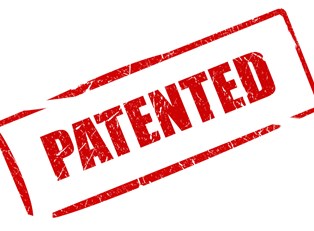The patent process can be long, complicated, and full of procedures and terms that attorneys go to school for years to understand fully. Even if you've hired legal help to guide you through the process, maintaining a basic understanding of common terminology and patent language can help you better communicate with your attorney and determine whether your invention qualifies for legal protection.
Patent Application Declaration
The patent application declaration, or PAD, is a statement indicating that you're the person who invented the item you're requesting a patent for. It also means you have disclosed all informative material regarding your invention.
Information Disclosure Statement
An Information disclosure statement, or IDS, is contains any information that you know of that's relevant to your application for a patent. This includes applications for patents that may be similar to yours.
Non-Final Rejection
A non-final rejection is a message that comes from a patent examiner who has rejected a patent application. This message provides the opportunity to amend your application or argue with the reason for rejection.
Patent Pending
Patent pending, also commonly referred to as the pendency period, is the time between when you submit an application for a patent and when you receive final notice of whether the patent has been approved or rejected. While an inventor has no patent rights during this period, once approved, he or she can stop infringement and sometimes seek royalties for profit made during the pendency period.
Infringement
Infringement is a term used when someone makes an exact copy of a patented item or creates an item that has the same function and results as a patented invention.
These five terms by no means encompass the potentially overwhelming process of successfully obtaining a patent. In most patent cases, you will need to hire an experienced attorney who has intimate knowledge with patent procedures and terminology. He or she can help guide you and provide the greatest chance of success without having to invest as much time in amending and responding to patent examiners.



